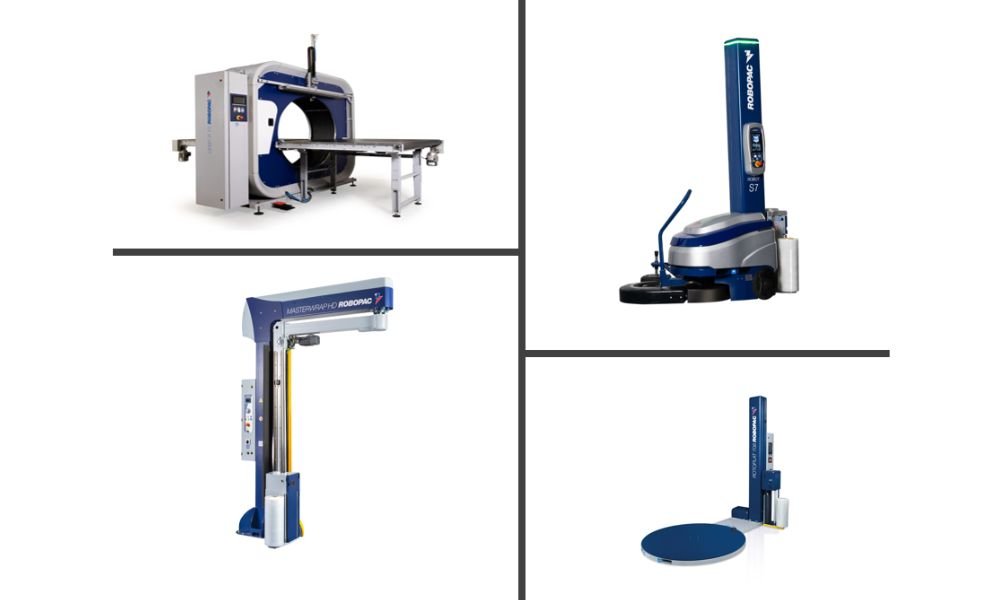Thread gauges are indispensable tools used in various industries to measure and ensure the accuracy of threaded components. They come in different types and designs, each suited for specific applications.
Choosing the right thread gauge is crucial to guarantee the functionality and compatibility of threaded parts. Below we will explore the different types of Thread plug gauges and their applications, helping you make an informed decision when selecting the appropriate tool.
Plug Gauges
Plug gauges are widely used to inspect the internal threads of nuts, tapped holes, and other internally threaded components. They consist of a cylindrical rod with one or more threaded sections at one end.
By carefully inserting the gauge into the threaded hole, you can determine if the internal threads are within the specified tolerances. Plug gauges are available in various designs, such as Go and No-Go gauges, which indicate whether the threads meet the required standards or not.
Ring Gauges
Ring gauges, also known as thread ring gauges, are employed to inspect the external threads of screws, bolts, and other externally threaded parts. These gauges feature a precisely machined ring with threaded grooves on the inside.
By sliding the threaded component into the ring gauge, you can ensure that the external threads conform to the specified dimensions. Ring gauges are available in Go and No-Go versions, providing a simple pass/fail test for thread quality.
Thread-Setting Gauges
Thread-setting gauges, also referred to as thread pitch gauges or thread pitch identification gauges, are used to determine the pitch of existing threads. These UNEF thread gages consist of a collection of blades or wires with different thread profiles.
By carefully aligning the blades or wires with the threads in question, you can identify the correct pitch. Thread-setting gauges are commonly used in maintenance and repair applications to determine the thread specifications of existing parts.
Thread-Checking Gauges
Thread-checking gauges, also known as thread inspection gauges, are employed to verify the accuracy of both internal and external threads. These gauges can be used in conjunction with plug gauges or ring gauges to perform comprehensive thread inspections.
Thread-checking gauges are particularly useful in quality control processes. It ensures that threaded parts meet the required specifications before they are assembled or used in final products.
Taper Gauges
Taper gauges, as the name suggests, are designed to measure the taper of threaded components, such as pipe threads. These gauges consist of a tapered rod with markings or steps indicating the taper angle.
By comparing the thread with the taper gauge, you can determine if the taper is within the specified tolerances. Taper gauges are commonly used in plumbing, pipe fitting, and machining applications to ensure proper thread fit and seal.
Thread Repair Gauges
Thread repair gauges, also known as helicoil gauges, are specialized tools used to assess the quality and compatibility of threads that have undergone repair or restoration processes. These gauges are specifically designed to check the dimensions and tolerances of helical inserts or thread inserts used in thread repair procedures. Thread repair gauges ensure that the repaired threads meet the required standards and function properly.











